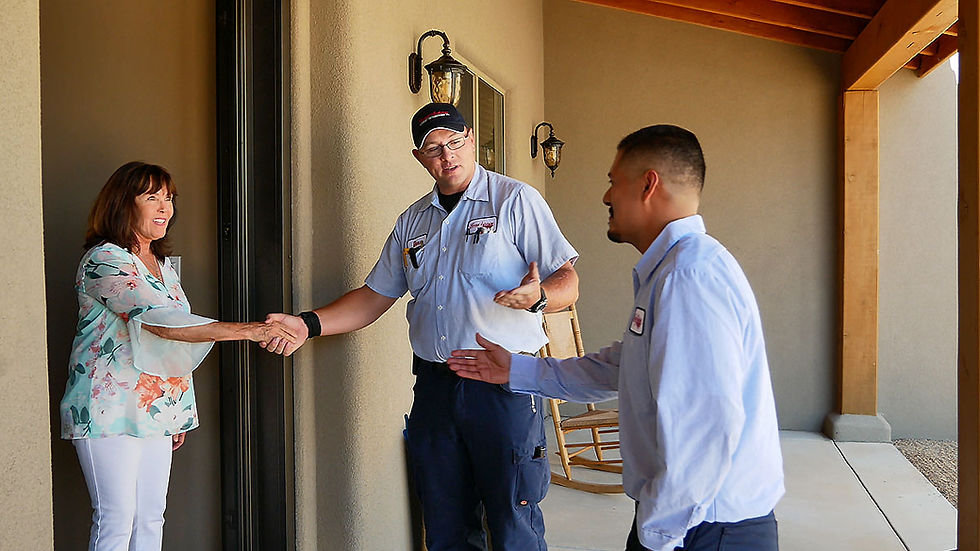Dying HVAC Signs
- Forrest Anderson
- Dec 3, 2016
- 3 min read

Like all equipment, the lifespan of your HVAC will eventually come to an end. It is important to pay close attention to how your HVAC unit is operating in order to notice the signs of it finally giving out. This article will explore common signs of a dying HVAC, and how you can detect these signs early.
Your Unit is old
If your air conditioning unit is over 12 years old, or your furnace is over 18 years old, they are approaching the end of their lifespan. The U.S Department of Energy recommends replacing these units once they get to this stage.
Also, many of the components in your HVAC will begin to wear down about this time, and they may unexpectedly stop working. You should prepare and begin shopping for a new unit once your previous one gets old and starts showing signs it’s dying.
Varying Temperatures within the Home
If you are experiencing different rooms within your home being far cooler/hotter than others, this is a sign of your HVAC unit losing its ability to evenly distribute air around your home.
Your air filters could be getting clogged, and your HVAC’s motor could be losing its efficiency. When your unit begins to be unable to evenly distribute air around the house, it could be in need of a replacement soon.
A Noisy Unit
A noisy unit is often a sign that your HVAC is overworking in order to keep air circulating in your home. Many dying HVAC units normally have a characteristic banging and squealing sound when they are operating. This can point to many different issues with the unit, such as loose parts, a dying compressor, or worn out blades on the fan.
Therefore, a noisy unit is often a sign of multi-component failure, and you should make plans to replace your old unit before it dies completely.
Unit does not turn off
Sometimes it seems as if your unit is on for 24 hours a day without making a difference in the home. This is often a sign of a dying HVAC. If the unit is unable to shut itself off, the motor becomes overworked and dries out earlier than it should. Also, your air system could clog up with dirt that’s blowing in instead and cause inefficiency in air circulation.
When this problem occurs, the rooms in your home will not receive enough cool air, and you will be left to suffer in the heat. One way to notice when the unit is running nonstop is when your home never reaches the temperature you set on the thermostat.
Dry and Dusty Air in your Home
A dying HVAC often loses its ability to filter impurities from the air such as dust, mold and carbon monoxide. The result is your home having dry and dusty air, filled with many contaminants.
Furniture in your home will also get dusty, and you may even experience a dry throat or general discomfort. Stale air in your home is often a sign of a dying HVAC unit, and you should consider replacing it as soon as possible.
How we can help
Paying attention to your HVAC can help you detect signs of it dying in advance. At Forrest Anderson, we can inspect your unit early and warn you of signs that may lead to a dying HVAC so you can avoid any surprises. Our smart solutions and expert knowledge on HVAC equipment mean that we’re always ready to help and provide an honest assessment on what issues your unit is facing.
Contact Forrest Anderson Today!




Comments